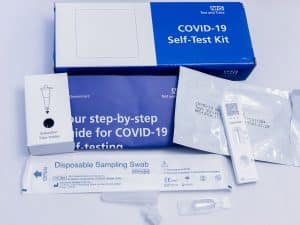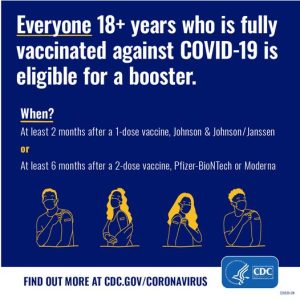It’s peak tick season. Ticks live in grassy, brushy, or wooded areas, or even on animals. Spending time outside walking your dog, camping, gardening, or hunting could bring you in close contact with ticks. Many people get ticks in their own yard or neighborhood.
Make sure to do regular tick checks on you and your children after spending time outdoors. If you find a tick attached to your skin, there’s no need to panic—the key is to remove the tick as soon as possible. Here are some helpful tips from the CDC:
- Never crush a tick with your fingers! Use fine-tipped tweezers to grasp the tick as close to the skin’s surface as possible.
- Pull upward with steady, even pressure. Don’t twist or jerk the tick; this can cause the mouth-parts to break off and remain in the skin.
- After removing the tick, clean the bite area and your hands with rubbing alcohol or soap and water.
- Dispose of the tick by flushing it down the toilet. If you would like to bring the tick to your healthcare provider for identification, put it in a sealed bag/container or take a picture to help identify it.
Ticks can ride into the home on clothing and pets, then attach to a person later, so carefully examine pets, clothing, backpacks, etc.
If you are feeling sick, or have developed a fever or rash following a potential tick bite, please contact your doctor for an appointment. Be sure to tell the doctor about your recent tick bite, when the bite occurred, and where you most likely acquired the tick.
For more information, please call your Cornerstone Family Healthcare provider at 845-563-8000.





